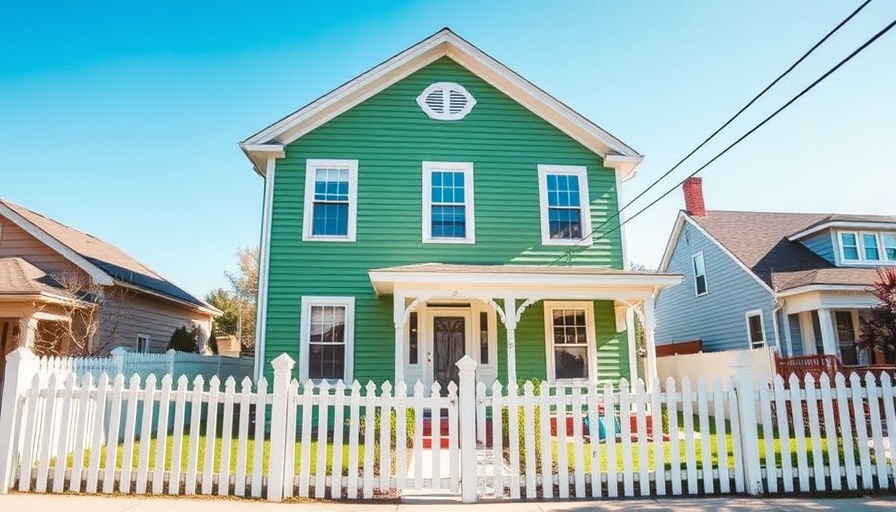
Discovering Affordable House Selling Solutions
As you contemplate moving from your current home, the pressing question often becomes, what is the cheapest way to sell a house? The reality is selling a property can come with a labyrinth of fees, such as real estate commissions, closing costs, and unexpected home preparation expenses that can stack up significantly. Luckily, there are several strategies to effectively reduce these costs.
For-Sale-By-Owner (FSBO): The DIY Approach
One of the most straightforward and cost-effective ways to sell your house is by opting for For-Sale-By-Owner (FSBO). This method grants you complete control over the selling process, eliminating the necessity of involving a traditional realtor and their associated commission fees of 5-6%. Sellers often find that they can save thousands by handling the marketing, showings, and negotiations on their own. However, potential drawbacks include limited market exposure and the need for strong negotiation skills.
Embracing Digital Platforms for Exposure
Another modern approach involves utilizing online real estate platforms like Redfin or Zillow. These platforms significantly broaden your property's exposure without the hefty costs incurred by traditional agent services. By combining FSBO methods with online listings, you not only cut costs but also reach motivated buyers effortlessly. Upload high-quality photos, provide comprehensive descriptions, and interact with interested buyers directly—all from your smartphone or computer.
Flat-Fee MLS Listings: Accessing the Right Market
If getting your property on the Multiple Listing Service (MLS) is your goal, consider a flat-fee MLS listing service. With these services, you can list your property for a one-time payment ranging from $100 to $500 rather than paying an entire realtor commission. This method allows you to access thousands of buyers while saving significant sums that can be redirected toward your next home or investments.
Price Your Home Competitively: The Key to Quick Sales
While managing your sale independently, it's essential to set a competitive yet realistic price for your property. In an increasingly competitive real estate market, a well-researched and strategically positioned price will attract buyers faster and substantially reduce the time your house is listed. Research similar homes for sale in your area on platforms like Trulia and stay updated on local market trends to inform your pricing strategy.
Enhancing Your Home’s Marketability: Low-Cost Upgrades
Sometimes, small upgrades can make a significant impact on your home’s appeal. Simple changes such as fresh coats of paint, landscaping improvements, and enhanced curb appeal can lead to a higher sale price when selling FSBO. Additionally, investing in good quality photos for online listings can dramatically influence buyer interest and showcase your home effectively.
Legal Considerations and Documentation Management
One of the challenges of selling your house yourself involves navigating the legal documentation required for a sale. While it’s crucial to ensure all paperwork is correctly managed, it might be beneficial to consider speaking with a real estate attorney to assist with contracts and legality to avoid potential pitfalls.
Understanding Buyer Perception: Setting the Right Tone
Understanding how buyers perceive your home can be a game changer in your selling strategy. Utilize feedback from potential buyers to shape how you present your property. This can include adjusting staging and prepping your space to feel inviting and warm, which can reflect positively during showings.
Final Thoughts: Taking Control of Your Sale
Ultimately, home sales can be daunting, but by employing some of these proven methods, you can save money while still getting a fair price for your property. Whether you choose to sell as FSBO, leverage online platforms, or utilize a flat-fee MLS listing, understanding the dynamics of the market and keeping informed will empower you as a seller.
As you embark on this journey, remember that the right approach can make all the difference. If you're ready to take control of your home selling process, start researching these methods today, and watch your costs diminish.
 Add Row
Add Row  Add
Add 




Write A Comment